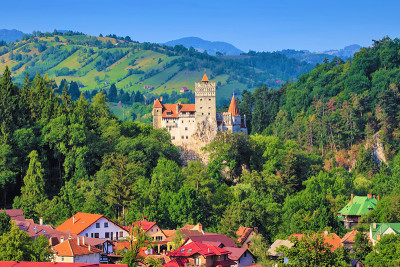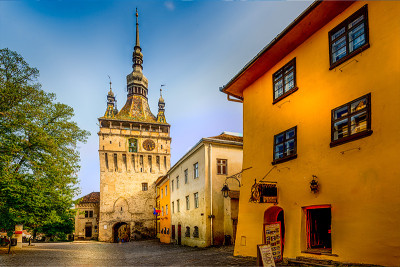The Black Sea is an intercontinental sea, located between Southeast Europe and Asia Minor. Romania has a seashore with the Black Sea in the southeast, 245 km away.
Along with Romania, the countries bordering the Black Sea are Bulgaria, Georgia, Russia, Ukraine, Turkey. It’s a rest of the Sarmatian Sea.
Under the influence of the winds, a current circular led by the shoreline is formed, which, due to the Crimean peninsula, is divided into two closed branches: eastern and western. A surface current transports from Bosphorus the sweeter waters of the Black Sea to the Mediterranean Sea. However, a reverse stream is formed in the deep, carrying large salinity waters.
The Roman Edifice With Mosaic
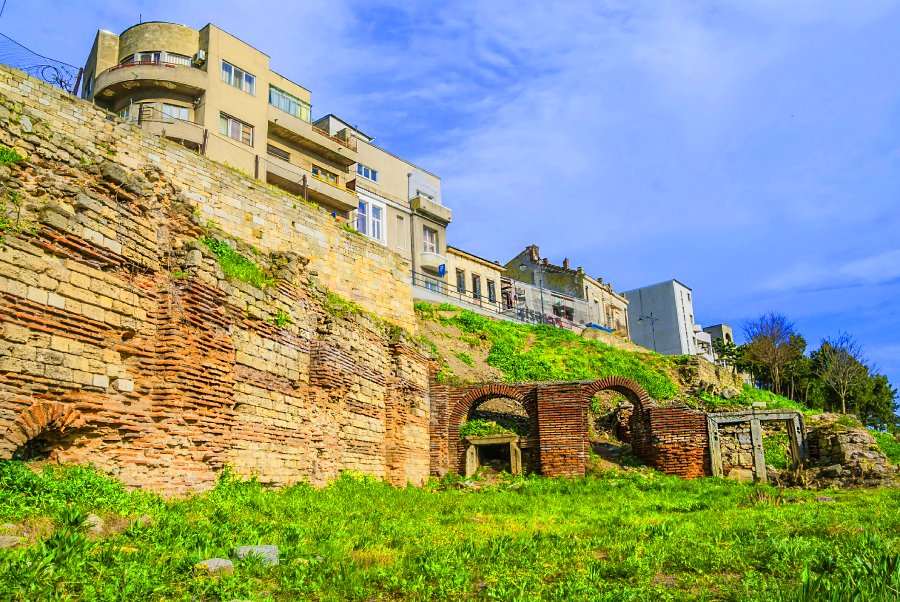
Built on three cliff-facing terraces, the Mosaic Edifice provided strong ground support, protecting the Tomitan port against inherent landslides in this part of the peninsula.
It also offers a generous space to public, economic, social, cultural or political activities, through the large paved mosaic hall supported by the upper terrace (2000 sqm), a hall communicating through the NE entrance to the central square of the old city.
The lower, middle and lower levels of the Tomitan pore junction supported a series of vaulted rooms that functioned either as port warehouses (those on the 3rd or lower terraces), or as storage areas , but also the merchandising of goods from the sea (those on the 2nd terrace, the middle one and the market where they opened).
High on the border between the 3rd and 4th centuries BC, it is an architectural jewel of the early Byzantine period in the west of the Euxine Pont. The edifice is well-known for its sumptuous interior decoration: polychrome mosaic pavement stretched all over the hall on the upper terrace, walls walled with variously decorated decorations.
From the entire surface of the parliamentary mosaic, however, around 400 square meters were preserved today. Decorated with complex geometric reasons, the mosaic is the work of skilled artists, perhaps itinerant craftsmen who executed a special order for tomites.
If the marble plates were sketched with zoomorphic and anthropomorphic reasons, apart from the vegetal and geometric ones, only one image outside the last two categories was preserved on the mosaic carpet: a white pigeon, carefully hidden among predominantly vegetal reasons.
Museum Of Folk Art
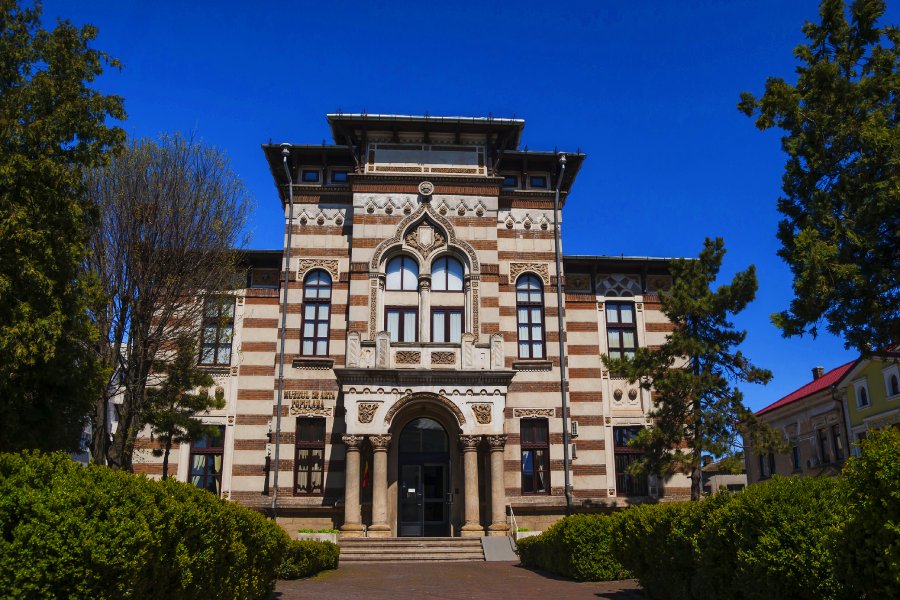
THE MUSEUM OF POPULAR ART is located in the historical area of Constanta, at the intersection of Tomis Boulevard and Traian Street.
The museum is housed in a building of great importance for the history of the city. The edifice was built in 1893 and was for a period of time as the headquarters of the City Hall, called the Communal Palace.
Over the years, the building had other destinations, but since 1975 it hosts the Folk Art Museum, being a top cultural institution in Constanta.
In the museum galleries, you can admire wonderful collections of icons on glass and wood, ceramics, folk port, bark, fabrics, ornaments, and utensils used by Romanian peasants.
Mamaia Beach
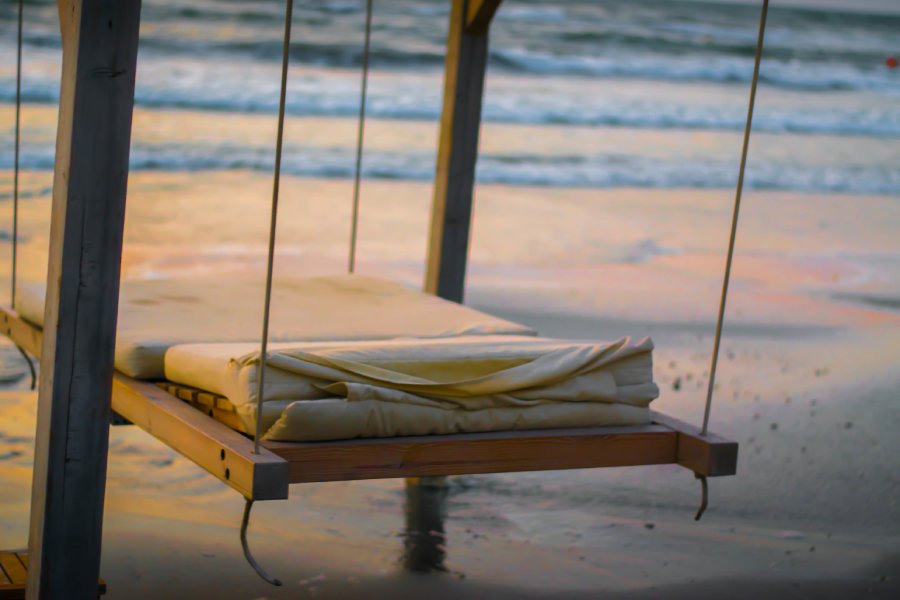
The beach of Mamaia stretches over 8 km long and 100-200 m in width and has fine sand and numerous arrangements: different types of sunbeds, umbrellas, exchange booths and showers (in the northern part of the resort).
Entry into the water is usually smooth and without stones or shells. The beach of Mamaia resort has the following differentiation: in the south of the entrance to Constanta it is narrower and stonier, the center is wider and crowded, here many events are organized. The beach on the north side of the resort is well-arranged and has fine sand.
Constanta Mosque
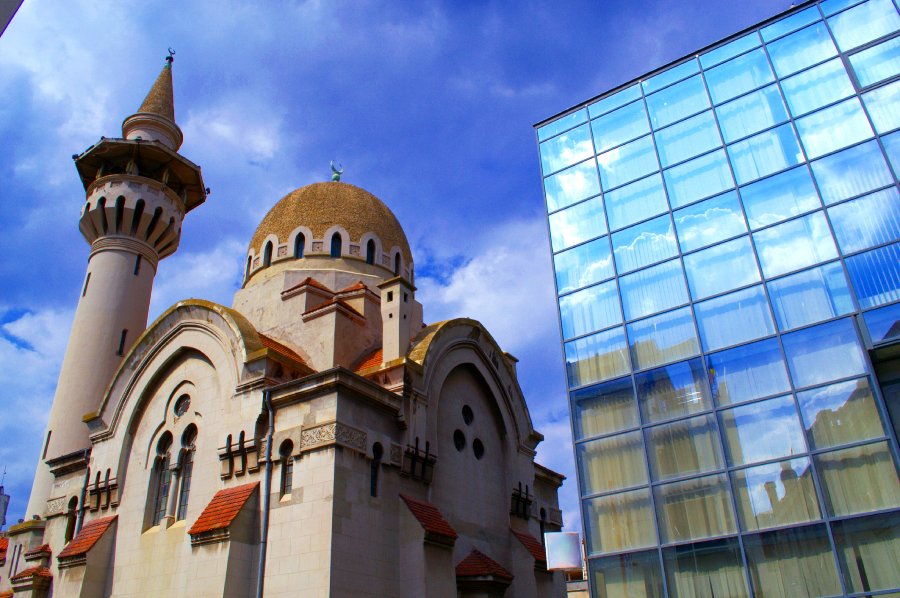
Mosque CAROL I, located in Ovidiu Square, is the main building of Muslim worship in the country and also one of the most beautiful architectural monuments on our lands.
The construction of the building began in 1910 at the initiative of King Carol I (which is why the edifice bears its name) and was completed in 1913.
The inauguration took place on May 31 in the presence of the royal family and the representatives of the Muslim cult from Romania.
The mosque was built by Victor Stefanescu, one of the top architects of the early twentieth century, and the building was built by Gogu Constantinescu.
By sharing a beautiful and unique blend of Egyptian-Byzantine and Roman architectural elements, the Carol I Mosque is the first building in our country built of reinforced concrete.
Cathedral Of The “Holy Apostles Peter And Paul”
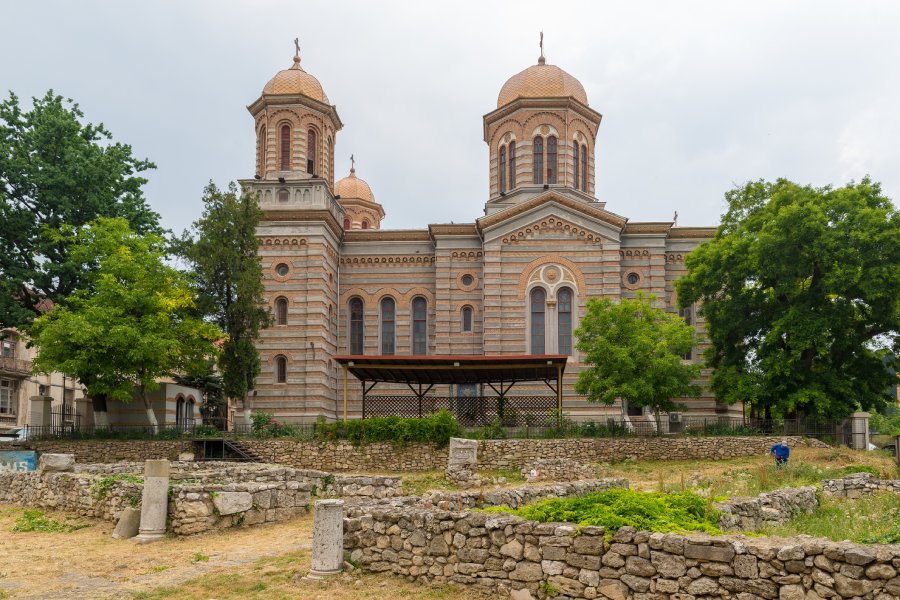
The Cathedral of the “Holy Apostles Peter and Paul” in Constanţa was built between 1883-1885, being the first Romanian church in the city after the Independence War of 1877.
After several discussions about the place where he was to be raised, a period of Muslim cemetery or November 23 Square, the appropriate place was Ovidiu Square
The cathedral was built according to the plans of the architects Alexandru Orascu and Carol Benees. The construction began during bishop Iosif Gheorghian of the Lower Danube, later elected Metropolitan of the Romanian Orthodox Church.
The Orthodox Cathedral of the Apostles Peter and Paul is located on the Arhidiecezei Street, no. 25 in Constanta, bearing the name “St. Apostles Peter and Paul”.
The cathedral construction is made in a Greek-Roman style, made of pressed brick, imposing through the monumentality of the facade and through the 35 m high tower.
The painting was rebuilt in 1959 – 1961 by Gheorghe Popescu and Niculina Delavrancea, the frescoes being reproduced in the neo-Byzantine phase with Romanian colors. Since 2001 the cathedral has sheltered the relics of the Holy Martyrs Epictet and Astion, which motivates more and more Christians to come here and participate in special occasions that take place on various occasions.
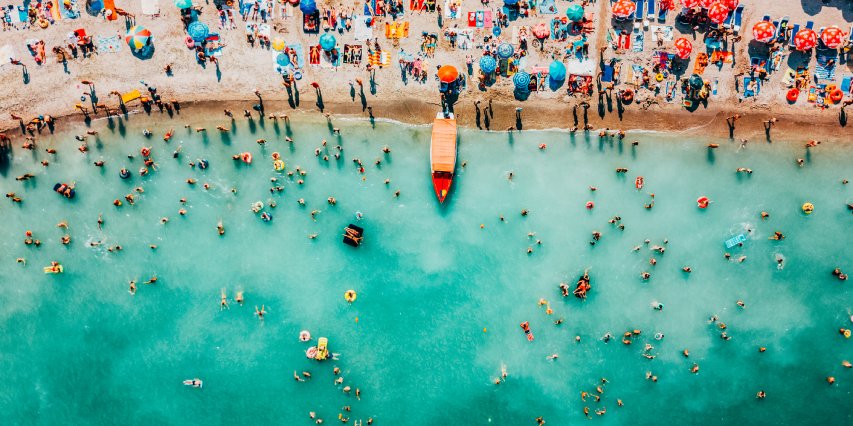
 ES
ES
 IT
IT
 DE
DE
 FR
FR
